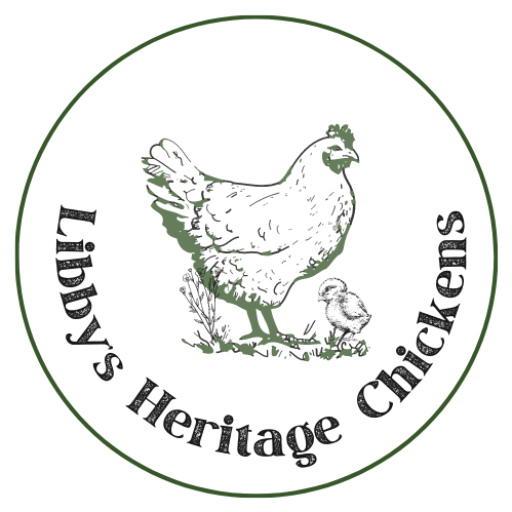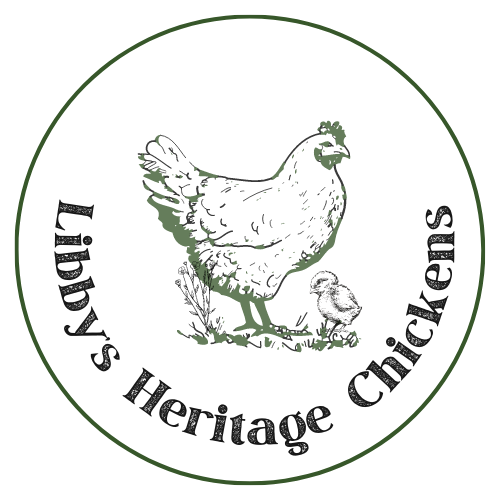Coccidiosis (aka Cocci) in Chickens
What is it and how can it be prevented?
Libby Williams, 2022
What is Coccidiosis?
Quite simply, coccidiosis is a single celled parasite that damages the gut wall of birds, leading to nutrient malabsorption, dehydration and blood loss. Coccidiosis has a complex life cycle and in my opinion is the most important parasite to understand if you have poultry.
I will do my best to explain how this little evil creature works.
 Figure 1.3-1 The life cycle of coccidia (Eimeria) in poultry. For more explanation, see text in chapter 1.3.
Figure 1.3-1 The life cycle of coccidia (Eimeria) in poultry. For more explanation, see text in chapter 1.3.
The Risk of Development of Antimicrobial Resistance with the Use of Coccidiostats in Poultry Diets - Scientific Figure on ResearchGate. Available from: https://www.researchgate.net/figure/1-The-life-cycle-of-coccidia-Eimeria-in-poultry-For-more-explanation-see-text-in_fig2_337390137
Coccidiosis Life Cycle
The lifecycle of coccidiosis is important to understand when learning how to how to control this parasite.
The life cycle starts with what is known as an unsporulated oocyst. Basically it is like an egg containing an early stage spore of coccidia which is yet to develop. In this state the oocyst is unable to cause disease if eaten. The oocyst sporulates (develops so that it becomes infective) in as little as 24 hours under optimum conditions (a humid environment at 25-30ºC).
When the sporoulated oocyst is eaten by the chicken, chemicals in the gut break down the thick wall of the oocyst and release the infective form of the coccidiosis called the sporocyst.
These sporocysts change into sporozoites which invade the cells of the gut wall and replicate. When the sporozoites have replicated in the cell, the cell bursts releasing another stage of coccidiosis called merizoites. These merizoites go on to invade and destroy more of the cells in the gut wall.
Eventually the coccidiosis infection results in the production of more oocysts which are passed out with the faeces into the environment and can go on to infect other chickens. It is an extremely complicated cycle!

What causes Cocci to thrive?
Certain environmental factors allow Coccidiosis to thrive. These include:
- Damp humid environments (25-30 degrees C)
- Overcrowded brooders or chicken coops
- Dirty damp coops
Symptoms of Coccidiosis
Symptoms of an outbreak include:
- Diarrhoea
- Blood in stools
- Pale face/comb
- Weight loss
- Chicks/chickens looking depressed or with their heads pulled into their shoulders looking cold
How to prevent Coccidiosis?
As they say prevention is always better than cure, so how do you prevent a cocci outbreak? I would like to say it is easy but even the steps below will not guarantee you will prevent an outbreak, but we can certainly reduce the chances.
With chicks in brooders (a perfect environment for cocci) it is important to:
- Keep brooders clean and dry.
- Change bedding several times a week
- Use Amproilum (cocciprol) as a preventative in the chicks water right up until point of lay (22-30 weeks)
With coop ready chicks (from 8-9 weeks) up to point of lay, try to avoid allowing them to come into contact with wet muddy runs as this is also a great environment for cocci outbreaks. When chooks slop around in mud they bring that mud on their feet into the coop bedding and nests also making the coop a potential point of outbreak. We suggest adding a simple trench around the coop to help water run away rather than pooling and add several inches of washed river sand to the coop floor which will raise the floor above ground level reducing the wetness of the run which in turn will keep your coop and eggs clean.
In periods of wet weather protect your coops from sideways rain using tarps or roll down plastic patio blinds, rake your runs and coop out regularly (minimum weekly) and replace any damp muddy bedding in the coop.
We also suggest using a prevention treatment, like Amproilum (cocciprol), every 4 days while it is likely to be a problem. There is nil withholding on eggs with Amproilum (cocciprol) but if you use another form of coccidiostat please read the label to clarify withholding.
Treatment
If prevention wasn’t enough to stop the pesky parasite treatment of Coccidiosis includes:
- Clean bedding
- Use a treatment dose of Amproilum (cocciprol). Be vigilant at changing water daily with fresh medication (do not just top up). Treatment is for 2 weeks as indicated on the packaging.
- While treating ill chicks or chooks you may need to supply a heat lamp to assist in regulating body heat while they recover.
So now you understand a little bit about how the Coccidiosis life cycle works, what the symptoms are and how to prevent and treat Coccidiosis.
Visit Our Farm Or Contact Us
Contact
Our farm by appointment only.
Please contact us on 0411 266 262, by messenger on Facebook or email us at info@libbysheritagechickens.com.au
Opening Hours - APPOINTMENT ONLY
Mondays – CLOSED (sexing day)
Tues – Fri- 9am-4pm
Saturdays – CLOSED
Sundays 9am-4pm
Address
120 Rockford Rd, Tahmoor NSW 2573
Get In Touch
When messages and emails are sent on our closed days please know that we will answer/reply the next business day.

